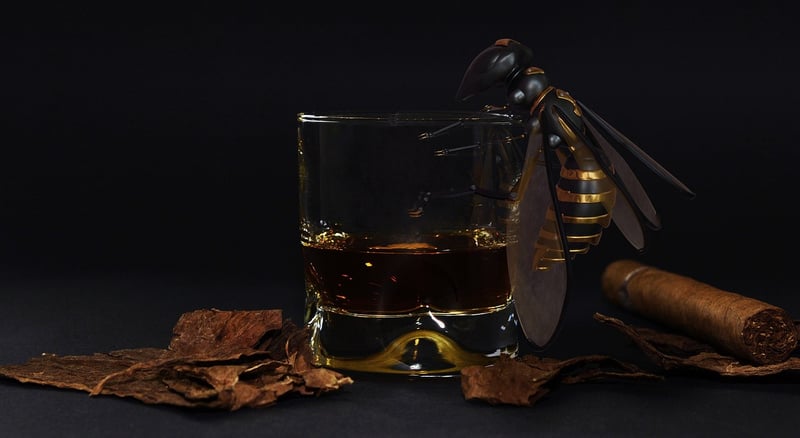Texture Manipulation
Exploring Food Science: Texture Manipulation
Food science is a fascinating field that delves into the intricate processes behind the foods we eat. One intriguing aspect of food science is texture manipulation, which involves altering the texture of food to enhance its sensory appeal. Let's dive into the world of texture manipulation and how it plays a crucial role in the culinary arts.
The Importance of Texture in Food
Texture is a vital component of the overall eating experience. It influences how we perceive food, affecting factors such as taste, aroma, and even our enjoyment of a dish. The texture of food can range from crispy and crunchy to smooth and creamy, offering a diverse range of sensory experiences.
Methods of Texture Manipulation
Food scientists and chefs employ various techniques to manipulate the texture of food. Some common methods include:
- Emulsification: Creating stable emulsions to achieve smooth textures in sauces and dressings.
- Spherification: Transforming liquids into spheres using techniques like molecular gastronomy.
- Aeration: Incorporating air into mixtures to create light and airy textures in desserts and mousses.
- Gelation: Utilizing gelling agents to form gels that provide structure and texture to foods like jellies and gummies.
Applications of Texture Manipulation
Texture manipulation finds applications in various culinary creations, from fine dining to industrial food production. Chefs use texture manipulation to innovate and create new dining experiences, while food manufacturers rely on these techniques to improve product quality and consistency.
Exploring New Frontiers
As food science continues to advance, the possibilities for texture manipulation are endless. Researchers are constantly exploring innovative ways to manipulate textures, opening up new avenues for culinary creativity and food experimentation.
Whether you're a food enthusiast, a culinary professional, or simply curious about the science behind what you eat, texture manipulation offers a fascinating glimpse into the art and science of food.

Image source: Pixabay
